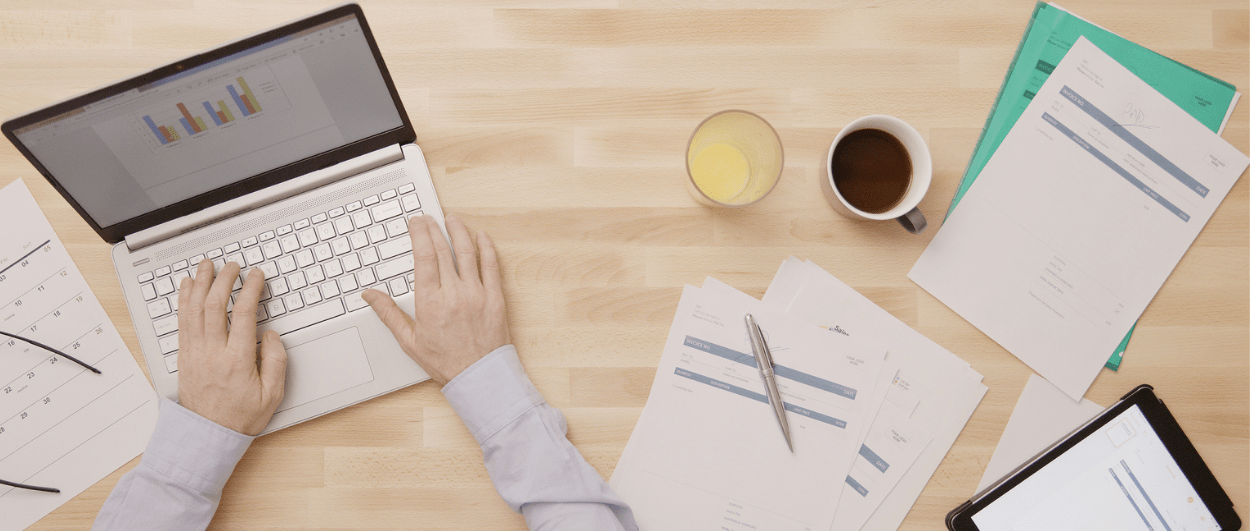A purchase order is a document that a buyer sends to a supplier to request an order. If you own a business, you should know what a purchase order is, how it works, and what it can do for you.
As you manage business supplies, you probably come across purchase orders daily. A purchase order, also known as a PO, is a legal document that a buyer sends to the supplier to approve a purchase. It contains critical information related to purchase, such as order date, quantity, price, purchase terms, and delivery date. Each PO has a unique reference number used for tracking and monitoring purposes.
Purchase orders play a crucial role in acquiring your supplies, tracking inventory, and collecting payment. Thus, a purchase order is one of the building blocks of business transactions. They track down your finances, from the acquisition of raw materials to the sale of goods. In simple terms, a purchase order is a vital document for both the buyer and seller that contains information about the purchase that can be referred to in the event of a dispute or miscommunication.
How Does A Purchase Order Work?
The purchase order process is relatively straightforward. First, you should prepare the list of required items and shortlist a seller or vendor. The next step is to negotiate the price and the terms of purchase with the vendor. That’s how you create a purchase order.
Now let’s look at a PO from beginning to end, from creation to payment, to understand better how it works:
- Buyer creates a PO
Firstly, the buyer needs to create a PO inputting the critical information such as date, billing, shipping address, amount, quantity, date of delivery, approval by, and other information related to the PO. You can make the PO format in Excel or Word. However, ensure it is short and clear for the seller to understand.
- Buyer shares the PO with internal team for approval
Once the PO is prepared, the buyer needs to share it with the internal team to get the necessary approvals. Organisations typically have a standard PO format that ensures complete information and allows for internal approvals. Having a standard format also saves time while providing flexibility for each order.
- PO is sent to the seller
Once the PO has been approved internally, it is ready to be sent to the seller. It is a good practice to share the PO with the seller while providing the seller with an appropriate timeline to approve it.
- Seller reviews and confirms the PO
Once the seller receives the PO format, they review the same and confirm if they can fulfil it or not. Once the seller confirms the PO, it results in the creation of a legally binding contract. This step requires the seller to send a copy of the approved PO back to the buyer.
- PO fulfilled
After the confirmation of the seller, the PO needs to be fulfilled. The seller is responsible for shipping the goods to the buyer. The seller also generates an invoice, which is delivered along with the goods or services. The buyer needs to store and manage this invoice for accounting purposes.
- PO settled
In this stage, payment is made against the PO for goods and services. Once the PO is paid, you can close it and keep a record for future reference.
Purchase Order Format
You may create a standard purchase order template in excel or word. You can even download a pre-existing purchase order template or sample purchase order online. A basic PO format can be prepared in an Excel sheet or a Word file. A simple purchase order usually contains the following fields:
- Header: The header area of the document provides essential details related to the PO and your company. This section provides the following information:
| PO number | It is a unique number used for tracking the order. |
| PO date | It is the date on which the PO is issued |
| Buyer information | It contains the buyer’s company name, official address, and GST details. |
| Vendor ID | The buyer allocates a Unique Vendor ID to a particular vendor. |
- Vendor information: It includes details of the vendor, such as company name, address, contact details and GST details. These details are essential for keeping records for audit purposes.
- Delivery details: It includes information related to the delivery of the product, such as date, place, and method of delivery of products or services. If products are to be shipped, you need to provide the shipping address and other relevant details.
- Payment terms: It includes details regarding taxes, freight, discounts, credit terms and other terms. This information is a critical element of PO format as it helps prepare invoices and resolve future disputes if any.
- Order details: It includes the details of the order, such as SKU ID, product or service description, units requested, price per unit, and delivery date.
- Summary: It summarises the order, including price, shipping costs, discounts, taxes, and total amount.
Purchase Order Benefits
A Purchase Order is highly beneficial for businesses as it:
- Helps in tracking orders as well as payments
- Keeps track of payments made to different vendors
- Maintains records for auditing
- Manages references for future correspondence
Conclusion
Creating purchase orders may seem challenging initially, but it is critical for managing your business finances effectively. A proper PO format will ensure that you capture all relevant information about your business transactions. You can easily use PO templates online to kick-start your PO creation and management process.
Frequently Asked Questions
PO is a legal document that a buyer sends to the supplier to approve a purchase. The purchase order sample contains critical information about the purchase, such as order date, quantity, price, purchase terms, and delivery date.
There are four types of purchase orders. These are:
1. Standard purchase order
2. Blanket purchase order
3. Planned purchase order
4. Contract purchase order
A standing purchase order is the same as a purchase order. Under this, a company can buy similar products repeatedly using the same PO number.
The company can send a purchase order as a hard (printed form) or soft copy (MS Excel or Word document).
A Purchase Order is highly beneficial for businesses as it helps track orders and payments. Through purchase orders, a company can maintain auditing of orders.




